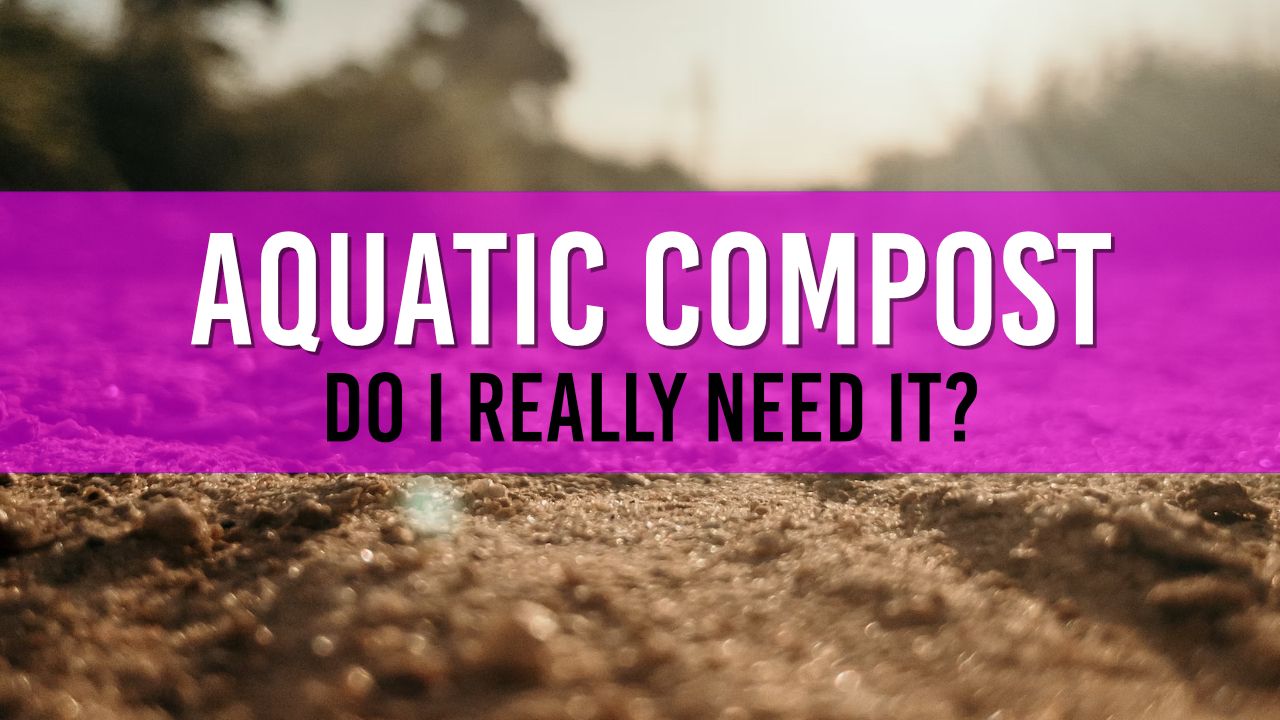Can I use normal soil instead of aquatic compost?
Normal Topsoil should not be used as a direct replacement for Aquatic Compost due to the lack of nutrients - however, mixing topsoil with sand and gravel can be a viable cheaper alternative.

Table of Contents
As a pond owner for several years, I have often been asked if normal soil can be used in place of aquatic compost for pond plants. The simple answer is no. Using normal soil instead of aquatic compost is not recommended, and in this article, I'll explain why and provide alternative solutions for your pond planting needs.
Why Aquatic Compost is Important
Aquatic compost is a specially formulated soil mix designed to provide optimal conditions for pond plants. It contains a balanced blend of nutrients that support healthy plant growth, while also allowing for adequate water circulation around the plant roots.
Normal soil, on the other hand, is not designed for underwater use and can cause several issues in your pond:
- Excess Nutrients: Garden soil often contains high levels of nutrients that can lead to excessive algae growth in your pond, causing green water and other water quality issues. Aquatic compost is formulated with controlled-release nutrients, which are released slowly to avoid overwhelming the pond ecosystem. Visit PondAnswers.com for more information on controlling algae growth.
- Soil Erosion: When used underwater, normal soil can easily erode and cloud the pond water. This not only makes the water appear dirty but can also clog your pond filters and pumps. Aquatic compost is denser and more resistant to erosion, helping maintain water clarity.
- Poor Plant Growth: Garden soil may not provide the necessary nutrients for aquatic plants to thrive, leading to poor plant growth and a less attractive pond. Aquatic compost is specifically designed to support the growth of pond plants, ensuring a healthy and beautiful pond environment.
Alternatives to Aquatic Compost
While normal soil is not suitable for pond use, there are some alternatives to aquatic compost that you can consider:
1. Topsoil and Sand Mixture
A mixture of topsoil and sand can be used as an alternative to aquatic compost. The sand helps to stabilize the soil, reduce erosion, and improve water circulation around plant roots. However, this option still has the potential to release excess nutrients into the pond water, so monitor your water quality closely if you choose this method.
2. Aquatic Plant Baskets with Substrate
If you don't want to use aquatic compost, consider planting your pond plants in aquatic plant baskets filled with a specialized planting substrate. These substrates are designed to provide optimal conditions for aquatic plant growth, while also reducing soil erosion and nutrient leaching into the pond water.
3. Gravel or Pebbles
For certain pond plants, such as water lilies and some marginal plants, you can use washed gravel or pebbles as a planting medium instead of aquatic compost. This option is low in nutrients, so it won't contribute to algae growth. However, you may need to supplement your plants with aquatic plant fertilizer to ensure they receive the necessary nutrients.
Final Thoughts
In conclusion, using normal soil instead of aquatic compost is not recommended for pond planting, as it can lead to various issues, such as excessive nutrient release and soil erosion. Instead, consider using alternatives like a topsoil and sand mixture, aquatic plant baskets with substrate, or gravel and pebbles.
By choosing the appropriate planting medium and taking proper care of your pond, you can enjoy a healthy and beautiful pond environment for years to come.

